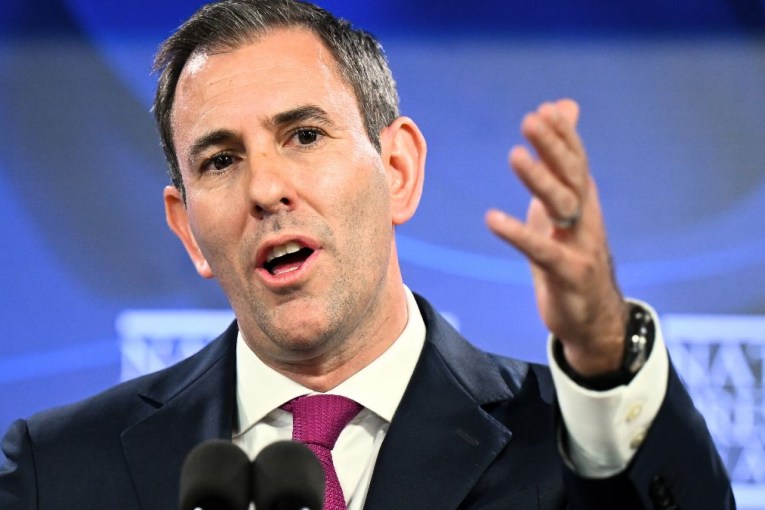Biggest risk-takers: Young men hit with higher car insurance premiums


Young male drivers' risky behaviour behind the wheel is costing them money – as well as lives. Photo: Getty
Women might be worse off financially than men in general, but when it comes to car insurance men – particularly young men – are left paying more.
If you’ve ever filled out an online application for a car insurance quote, you’ll know that along with your address, date of birth and general driving history, you will also be required to select your gender.
TND put to the test whether a driver’s selected gender affects how much they will be asked to fork over for a year’s worth of comprehensive car insurance.
The answer: Yes, it very much does.
But young male drivers might have no one to blame but themselves for being charged higher premiums than young women, with evidence showing men perform far worse on roads.
The evidence
Going through four insurers’ online car insurance processes for quotes, TND initially submitted two or more applications per provider, with gender being the only change between applications.
‘Male’ applicants were quoted up to $155 more than ‘female’ applicants for comprehensive cover by three out of four insurance providers.
The only outlier was Budget Direct, which quoted $45 more for the female application than the otherwise identical male application.
Age was also a major factor in determining insurance quotes; when TND later resubmitted applications but upped the age of the applicants from 25 to 32, the extra amount quoted to male drivers reduced to $32 with AAMI, $79 with Allianz, and $44 with QBE.
Budget Direct remained more expensive for female drivers, quoting $46 more for the female application than the male application.
Risky behaviour behind premium discrepancies
When insurers ask applicants to identify their gender, what they’re really asking is for applicants to outline their sex, which tends to carry biological differences.
Jerome Carslake, director of Monash University Accident Research Centre’s National Road Safety Partnership Program, said these differences could be why male drivers – especially young ones – face higher car insurance premiums.
Studies show the male brain doesn’t fully develop until age 25, while the female brain matures at age 21.
Having an immature pre-frontal cortex means people are more likely to engage in risky activities, including on the road.
In all but one age category (50 to 59), male drivers die in a far greater proportion than their share of the population.
The statistics are worst for young men; males aged 20-24 make up about 4 per cent of the Australian population, but account for 10 per cent of annual road fatalities.
Women from this age group make up only 2 per cent of road fatalities.
Carslake said the phenomenon of many young men thinking they’re “bulletproof” is why road safety campaigns are designed to encourage empathy for others.
“Even if you take [young men] for a tour through some of the hospital wards, they see people like them that were injured in a road incident, and a lot of them will say, ‘They were just unlucky, that’s happened to them, that won’t happen to me,'” he said.
“And that’s when you see a lot of the road safety campaigns are designed in a way where [they say], ‘Okay, what about: What does it mean to your loved ones?’
“Because unfortunately, young males are just one of the highest risk-taking groups when they’re on the road.”
Given men are overrepresented in road fatalities, they often present as a bigger risk to insurers, who in turn charge them higher car insurance premiums.
Allianz, QBE and AAMI confirmed with TND that sex is among the factors used to calculate their premiums, along with other information such as driver age, relevant claims history, and the type of vehicle to be covered.
“Our long history of claims data shows that male drivers in certain age brackets have a higher average claims costs than female drivers in that age bracket, and as we price for risk, their premiums will be different,” an AAMI spokesperson said.
Finder insurance specialist Tim Bennett told TND insurers are allowed to discriminate on sex based on the insurance section of the Sex Discrimination Act 1984.
“Essentially, this section allows for certain forms of sex-based discrimination in insurance if based on reliable data and considered reasonable,” he said.
“It also requires transparency and provides the client with the right to access the data used for such discrimination.
“The goal is to strike a balance between insurers’ practices and the protection of individuals from unjust discrimination based on their sex in insurance policies.”
TND reached out to Budget Direct for comment.








